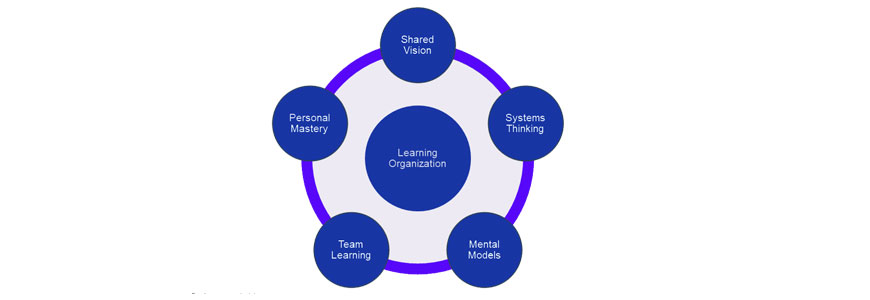"The only thing worse than training employees and losing them is to not train them and keep them". – Zig Ziglar
The pandemic Covid-19 has rewritten the human history.
Centre for Monitoring Indian Economy (CMIE) has reported that 27 million youth in the age group of 20-30 years have lost their jobs in April 2020 alone following the nationwide lockdown [1]. The reopening of the industries or the so-called ‘Unlock’ (which is yet to see the light of the day) is not going to bring those 27 million youth back on the payrolls, for the simple reason that some of the industries are knocked off the scene or drastically cut down to size once and for all, rendering so many of them redundant.
An employment survey says that 37% of them need to reskill themselves in some way to re-enter the job market or otherwise they are lost forever. Very unfortunately, most of the people have taken things for granted and they have not bothered to either reskill or upskill themselves. They gloat over their number of years on service and they assume it to be their strength. When a prospective employee claims that he has got some ten years of experience, on scrutiny one would invariably find that he has, after all, one year’s experience ten times rather than a cumulative, organic ten years of real exponential learning or growth.
Nearly four decades ago, this is what precisely the Japanese organizational theorist Masaaki Imai (b.1930) mentioned as ‘Kaizen’, the continuous improvement that became the cornerstone of Japanese competency. All of us, irrespective of the age groups, positions, and strata should adopt continuous learning as the new normal.
IT giant Wipro was started as Western Indian Vegetable Products by Azim Premji’s father Mohamed Premji in 1945 (the year of Azim’s birth). When all of a sudden his father expired in 1966, Azim Premji was still a student of engineering at Stanford University. But he had to give up his studies to rush back to India to take over the run of the company from his father. But, all the same, an indefatigable Azim Premji was nurturing his desire to pursue his abandoned studies. Finally in 1999, that is, after 33 years of his disruption, he resumed and completed his degree from Stanford University through a distance-learning arrangement [2]. The undying spirit of education and knowledge-seeking is the mark of a man!
‘A leader is a reader’ said Napoleon. One should have a constant thirst and continuous search for knowledge and skill to add to one’s armor. For many, it would be a surprise to know that our former Prime Minister Atal Bihari Vajpayee had a very strange and impossible person for him as a classmate during his study of law at Kanpur’s DAV College. It was none other than his own father Krishna Bihari Vajpayee.
Krishna Bihari Vajpayee who was a school teacher back in his village saw his son filling in the application for the study of law and he found the course content to be so very interesting that he too desired to do the course and he also applied for the study along with his son. The father and son duo were in fact hostel mates too at the DAV College in Kanpur.
‘Learning Organization’ is the key concept enunciated by Peter Senge in his book ‘The Fifth Discipline’. The five principles or disciplines of the learning organization are Systems Thinking, Personal Mastery, Mental Models, Shared Vision, and Team Learning [3].

Picture courtesy: 'The Fifth Discipline' by Peter Senge
Personal mastery (‘individual commitment to the process of learning’) is the first building block. As they say, ‘Improvement’ starts with ‘I’. Once the individual starts working on himself, things will change for the better. Personal mastery will encourage team learning and shared visions. One is now more exposed and an aware person now that one is open to review one’s own mental models or presumptions and do the corrections. Now, all of us will get to become one and the integrated ‘we’ are able to arrive at the system thinking, which is the Holy Grail for organizational growth. The simple dipstick for one’s growth check is updating one’s resume every six months, if not every three months. For most people, updating their resume does have nothing much to do except changing their age (and possibly the date at the right top, if they are applying for a new job).
Just as the individual employees need to work on their additional skills and personal development, organizations also need to come up with a continuous learning culture. Employers should identify the growth needs of the employees and create a learning platform for them. After all, a learning organization becomes an earning organization.
In the changed work scenario, reskilling, upskilling, and a symbiotic cross-skilling are all going to be just not options but the sine qua non!
References:
- CMIE Report (Apr, 2020)
- Azim Premji ('Famous Biographies for Children' by Prem Prakash)
- 'The Fifth Discipline' by Peter Senge